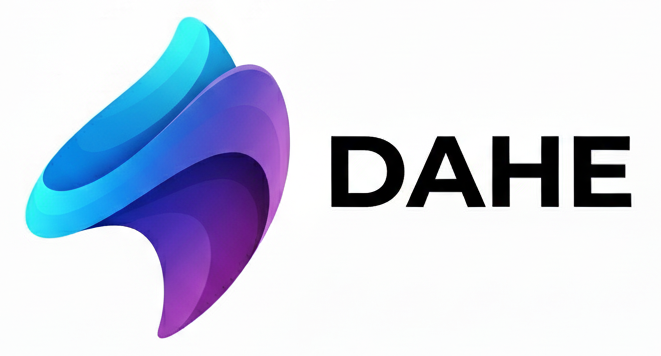[ad_1]
Natural Language Processing (NLP) is a field of computer science that deals with the interaction between computers and humans, particularly in the processing and analysis of human language data. With the advancement of technology, there has been an increasing development in NLP techniques that are pushing the boundaries of human-computer interaction. In this article, we will explore some of the latest innovations in NLP.
1. Sentiment Analysis
Sentiment Analysis is a technique that involves the use of natural language processing and machine learning to classify words, phrases, and documents as positive, negative, or neutral. This technique is used in different applications such as customer support, market research, and social media analysis. With the help of advanced algorithms, sentiment analysis tools are now able to understand the context in which words are used, thereby improving the accuracy of such analysis.
2. Machine Translation
Machine Translation involves the use of software to translate text from one language to another. Over the years, this technique has advanced greatly, moving from rule-based approaches to statistical models and now to neural networks. With the help of deep learning techniques, machine translation systems are now producing translations that are increasingly closer to those of a human translator.
3. BERT
Bidirectional Encoder Representations from Transformers (BERT) is an NLP technique developed by Google in 2018. BERT uses a deep neural network to understand the context of words in a sentence. This technique has been used in improving various NLP applications such as Question Answering, Text Classification, and Named Entity Recognition. BERT has shown impressive results in different language tasks, making it one of the most popular techniques in NLP.
4. GPT-3
Generative Pre-trained Transformer 3 (GPT-3) is an NLP technique developed by OpenAI in 2020. This model is so advanced that it can generate coherent and fluent text that is similar to that written by a human. GPT-3 is trained on a large corpus of texts, making it proficient in a variety of language tasks such as language translation, text completion, and even creating a conversation.
5. Transformer-XL
Transformer-XL is an NLP technique developed by the team at Google in 2019. This technique is an improvement of the original Transformer model, using a more advanced memory mechanism that enables the model to remember longer sequences of text. With its advanced capabilities, Transformer-XL has been used successfully in text-generation and language modeling applications and is fast becoming popular in NLP research.
Conclusion
The advancements in NLP techniques have opened up a new world of possibilities in human-computer interaction. The applications of NLP techniques are being used in various fields such as healthcare, finance, education, and customer support, among others. As more data is collected, and the algorithms get more advanced, the potential for innovation in NLP will only continue to grow.
[ad_2]





Leave a Reply